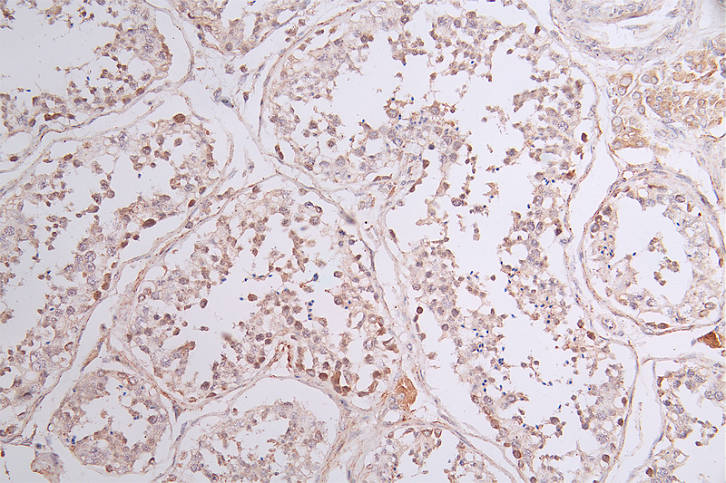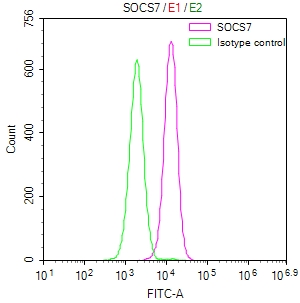The SOCS7 recombinant monoclonal antibody is generated via in vitro cloning, involving the integration of genes encoding both SOCS7 antibody's heavy and light chains into expression vectors. These vectors are then introduced into host cells to facilitate the recombinant antibody's expression within a cell culture context. Following expression, the SOCS7 recombinant monoclonal antibody is purified from the supernatant of transfected host cell lines, utilizing an affinity-chromatography-based purification method. Notably, this antibody exhibits high specificity in binding to the human SOCS7 protein and is remarkably versatile and suitable for three applications, including ELISA, IHC, and FC.
SOCS7 is a negative regulator of cytokine and growth factor signaling pathways, primarily through its involvement in the JAK-STAT pathway. Its function is to prevent excessive immune responses, regulate cell growth and differentiation, and maintain homeostasis. Dysregulation of SOCS7 can have implications for various diseases and conditions.







